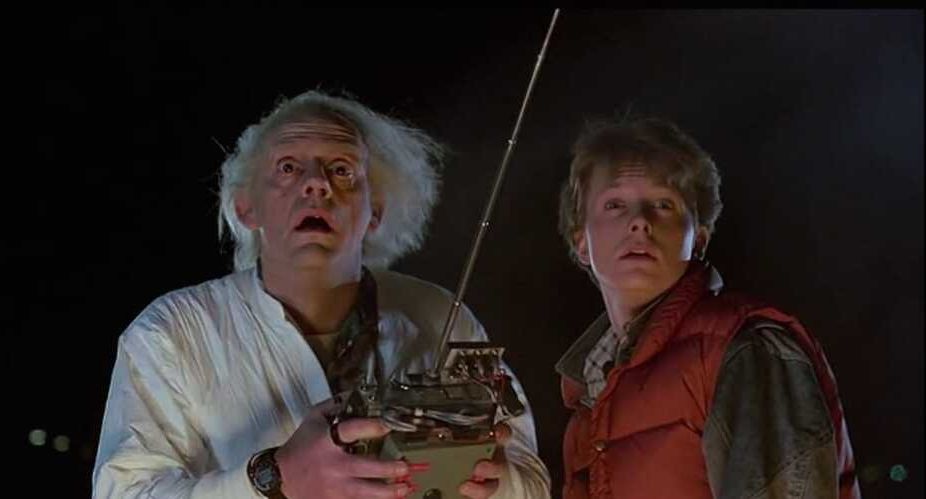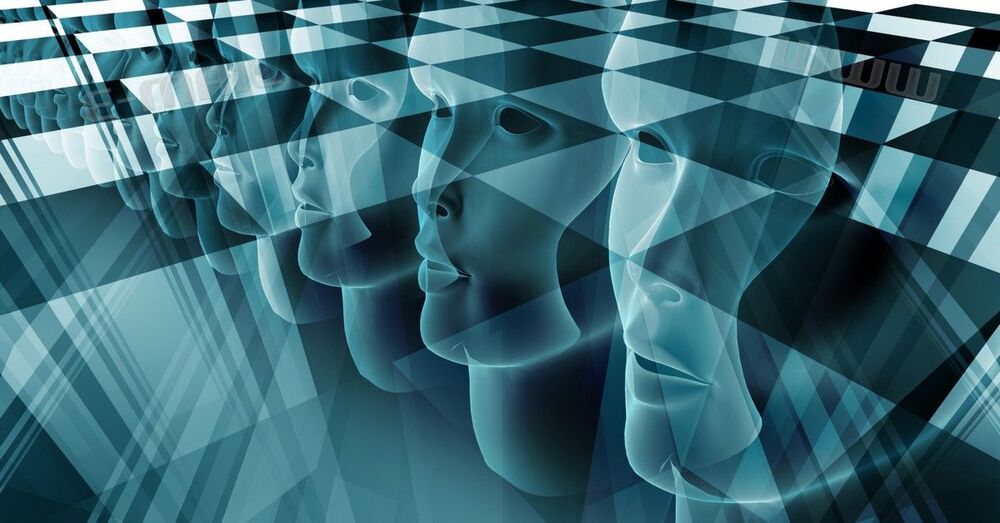Understanding the dynamics of granular materials—such as sand flowing through an hourglass or salt pouring through a shaker—is a major unsolved problem in physics. A new paper describes a pattern for how record-sized “shaking” events affect the dynamics of a granular material as it moves from an excited to a relaxed state, adding to the evidence that a unifying theory underlies this behavior.
The Proceedings of the National Academy of Sciences (PNAS) published the work by Stefan Boettcher, an Emory theoretical physicist, and Paula Gago, an expert in modeling the statistical mechanics of granular matter in the Department of Earth Science and Engineering at the Imperial College of London.
“Our work marks another small step forward to describing the behavior of granular materials in a uniform way,” says Boettcher, professor and chair of Emory’s Department of Physics.









